Home » Wind Turbine » Household Wind Energy System Components
Household Wind Energy System Components
Basic parts of home wind energy systems generally comprise a rotor, a generator or alternator mounted on a frame, a tail (usually), a tower, wiring, and the "balance of system" components: controllers, inverters, and/or batteries. Through the spinning blades, the rotor captures the kinetic energy of the wind and converts it into rotary motion to drive the generator, which produces either AC or wild AC (variable frequency, variable voltage), which is typically converted to grid-compatible AC electricity.
Wind Turbine
Small wind turbines can be divided into two groups: horizontal axis and vertical axis. The most commonly used turbine in today's market is the horizontal axis wind turbine.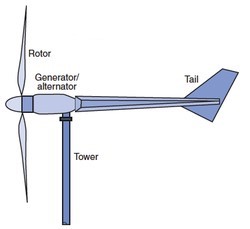 These turbines typically have two or three blades that are usually made of a composite material such as fiberglass. Vertical-axis wind turbines consist of two types: Savonius and Darrieus. A Savonius turbine can be recognized by its "S" shaped design when viewed from above. Darrieus turbines look like an eggbeater and have vertical blades that rotate into and out of the wind.
These turbines typically have two or three blades that are usually made of a composite material such as fiberglass. Vertical-axis wind turbines consist of two types: Savonius and Darrieus. A Savonius turbine can be recognized by its "S" shaped design when viewed from above. Darrieus turbines look like an eggbeater and have vertical blades that rotate into and out of the wind.
The amount of power a horizontal-axis turbine will produce is determined by the diameter of its rotor. The diameter of the rotor defines its "swept area" or the quantity of wind intercepted by the turbine. The turbine's frame is the structure onto which the rotor, generator, and tail are attached. The tail keeps the turbine facing into the wind.
Tower
Because wind speeds increase with height, the turbine is mounted on a tower. In general, the higher the tower, the more power the wind system can produce. The tower also raises the turbine above the air turbulence that can exist close to the ground because of obstructions such as hills, buildings, and trees. A general rule of thumb is to install a wind turbine on a tower with the bottom of the rotor blades at least 30 feet (9 meters) above any obstacle that is within 300 feet (90 meters) of the tower. Relatively small investments in increased tower height can yield very high rates of return in power production.
There are two types of towers: self-supporting (free-standing) and guyed. Guyed towers, which are the least expensive, can consist of lattice sections, pipe, or tubing (depending on the design); supporting guy wires; and the foundation. They are easier to install than self-supporting towers. However, because the guy radius must be one-half to three-quarters of the tower height, guyed towers require space to accommodate them. Although tilt-down towers are more expensive, they offer the consumer an easy way to perform maintenance on smaller lightweight turbines (usually 5 kW or smaller). Tilt-down towers can also be lowered to the ground during hurricanes and other hazardous weather conditions. Aluminum towers are prone to cracking and should be avoided. Most turbine manufacturers provide wind energy system packages that include a range of tower options.
Inverters for Grid-Connected Systems
In grid-connected systems, the only additional equipment required is a power conditioning unit (inverter) that makes the turbine output electrically compatible with the utility grid. Batteries are usually not required.
Balance of System
Costs in addition to the turbine and the tower are the balance of system, including parts and labor, which will depend on your application. Most manufacturers can provide you with a system package that includes all the parts you need for your application. For example, the parts required for a water-pumping system will be different from the parts required for a residential, grid-connected application. The balance of system equipment required will also depend on whether the system is grid-connected, stand-alone, or part of a hybrid system.
For a residential grid-connected application, the balance of system parts may include a controller, storage batteries, a power conditioning unit (inverter), wiring, foundation, and installation. Many wind turbine controllers, inverters, or other electrical devices may be stamped by a recognized testing agency, such as Underwriters Laboratories or Intertek.
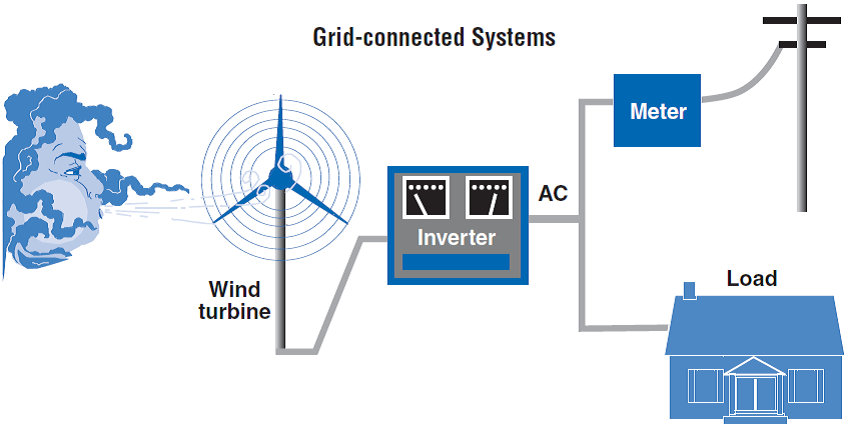
Batteries for Stand-Alone Systems
Stand-alone systems (systems not connected to the utility grid) require batteries to store excess power generated for use when the wind is calm. They also need a charge controller to keep the batteries from overcharging. Deep-cycle batteries, such as those used for golf carts, can discharge and recharge 80% of their capacity hundreds of times, which makes them a good option for remote renewable energy systems. Automotive batteries are shallow-cycle batteries and should not be used in renewable energy systems because of their short life in deep-cycling operations.
Small wind turbines generate direct current (DC) electricity. In very small systems, DC appliances operate directly off the batteries. If you want to use standard appliances that use conventional household alternating current (AC), you must install an inverter to convert DC electricity from the batteries to AC. Although the inverter slightly lowers the overall efficiency of the system, it allows the home to be wired for AC, a definite plus with lenders, electrical code officials, and future homebuyers.
For safety, batteries should be isolated from living areas and electronics because they contain corrosive and explosive substances. Lead-acid batteries also require protection from temperature extremes.
Wind Turbine
Small wind turbines can be divided into two groups: horizontal axis and vertical axis. The most commonly used turbine in today's market is the horizontal axis wind turbine.
 These turbines typically have two or three blades that are usually made of a composite material such as fiberglass. Vertical-axis wind turbines consist of two types: Savonius and Darrieus. A Savonius turbine can be recognized by its "S" shaped design when viewed from above. Darrieus turbines look like an eggbeater and have vertical blades that rotate into and out of the wind.
These turbines typically have two or three blades that are usually made of a composite material such as fiberglass. Vertical-axis wind turbines consist of two types: Savonius and Darrieus. A Savonius turbine can be recognized by its "S" shaped design when viewed from above. Darrieus turbines look like an eggbeater and have vertical blades that rotate into and out of the wind.The amount of power a horizontal-axis turbine will produce is determined by the diameter of its rotor. The diameter of the rotor defines its "swept area" or the quantity of wind intercepted by the turbine. The turbine's frame is the structure onto which the rotor, generator, and tail are attached. The tail keeps the turbine facing into the wind.
Tower
Because wind speeds increase with height, the turbine is mounted on a tower. In general, the higher the tower, the more power the wind system can produce. The tower also raises the turbine above the air turbulence that can exist close to the ground because of obstructions such as hills, buildings, and trees. A general rule of thumb is to install a wind turbine on a tower with the bottom of the rotor blades at least 30 feet (9 meters) above any obstacle that is within 300 feet (90 meters) of the tower. Relatively small investments in increased tower height can yield very high rates of return in power production.
There are two types of towers: self-supporting (free-standing) and guyed. Guyed towers, which are the least expensive, can consist of lattice sections, pipe, or tubing (depending on the design); supporting guy wires; and the foundation. They are easier to install than self-supporting towers. However, because the guy radius must be one-half to three-quarters of the tower height, guyed towers require space to accommodate them. Although tilt-down towers are more expensive, they offer the consumer an easy way to perform maintenance on smaller lightweight turbines (usually 5 kW or smaller). Tilt-down towers can also be lowered to the ground during hurricanes and other hazardous weather conditions. Aluminum towers are prone to cracking and should be avoided. Most turbine manufacturers provide wind energy system packages that include a range of tower options.
Inverters for Grid-Connected Systems
In grid-connected systems, the only additional equipment required is a power conditioning unit (inverter) that makes the turbine output electrically compatible with the utility grid. Batteries are usually not required.
Balance of System
Costs in addition to the turbine and the tower are the balance of system, including parts and labor, which will depend on your application. Most manufacturers can provide you with a system package that includes all the parts you need for your application. For example, the parts required for a water-pumping system will be different from the parts required for a residential, grid-connected application. The balance of system equipment required will also depend on whether the system is grid-connected, stand-alone, or part of a hybrid system.
For a residential grid-connected application, the balance of system parts may include a controller, storage batteries, a power conditioning unit (inverter), wiring, foundation, and installation. Many wind turbine controllers, inverters, or other electrical devices may be stamped by a recognized testing agency, such as Underwriters Laboratories or Intertek.

Batteries for Stand-Alone Systems
Stand-alone systems (systems not connected to the utility grid) require batteries to store excess power generated for use when the wind is calm. They also need a charge controller to keep the batteries from overcharging. Deep-cycle batteries, such as those used for golf carts, can discharge and recharge 80% of their capacity hundreds of times, which makes them a good option for remote renewable energy systems. Automotive batteries are shallow-cycle batteries and should not be used in renewable energy systems because of their short life in deep-cycling operations.
Small wind turbines generate direct current (DC) electricity. In very small systems, DC appliances operate directly off the batteries. If you want to use standard appliances that use conventional household alternating current (AC), you must install an inverter to convert DC electricity from the batteries to AC. Although the inverter slightly lowers the overall efficiency of the system, it allows the home to be wired for AC, a definite plus with lenders, electrical code officials, and future homebuyers.
For safety, batteries should be isolated from living areas and electronics because they contain corrosive and explosive substances. Lead-acid batteries also require protection from temperature extremes.
Post a Comment:
You may also like:

Featured Articles
Horizontal Axis vs. Vertical Axis
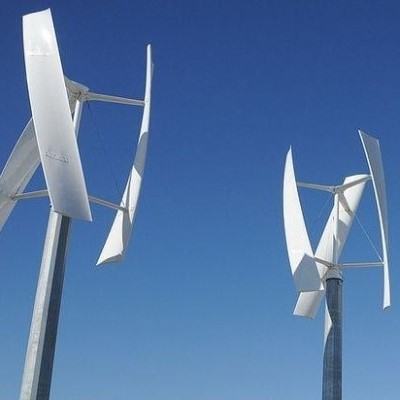 Wind turbines are machines that generate electricity from the kinetic energy of the wind. In history, they were more ...
Wind turbines are machines that generate electricity from the kinetic energy of the wind. In history, they were more ...
 Wind turbines are machines that generate electricity from the kinetic energy of the wind. In history, they were more ...
Wind turbines are machines that generate electricity from the kinetic energy of the wind. In history, they were more ...Horizontal Axis Wind Turbine Design
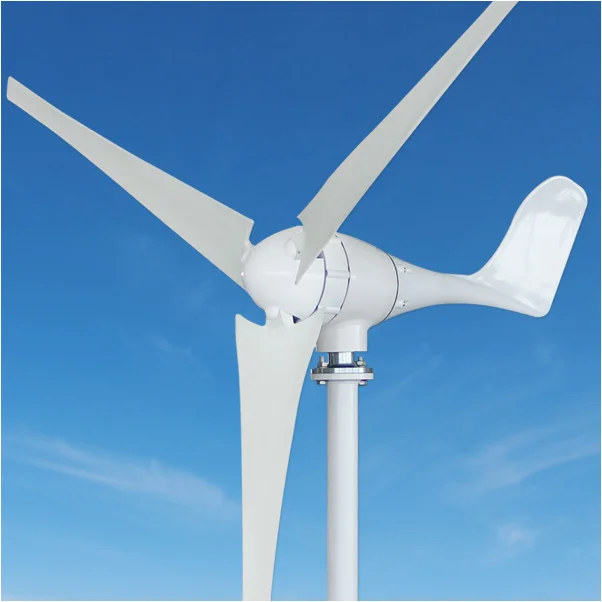 Today, the most common design of wind turbine is the horizontal axis wind turbine (HAWT). That is, the axis of rotation is ...
Today, the most common design of wind turbine is the horizontal axis wind turbine (HAWT). That is, the axis of rotation is ...
 Today, the most common design of wind turbine is the horizontal axis wind turbine (HAWT). That is, the axis of rotation is ...
Today, the most common design of wind turbine is the horizontal axis wind turbine (HAWT). That is, the axis of rotation is ...Overvoltage Protection for Wind ...
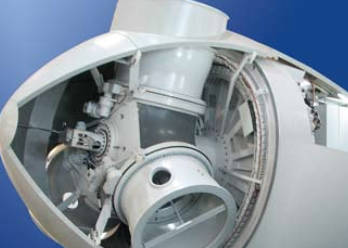 Due to their principle of operation, wind turbines have to be set up outdoors and are used in a wide range of ...
Due to their principle of operation, wind turbines have to be set up outdoors and are used in a wide range of ...
 Due to their principle of operation, wind turbines have to be set up outdoors and are used in a wide range of ...
Due to their principle of operation, wind turbines have to be set up outdoors and are used in a wide range of ...What is a Wind Turbine?
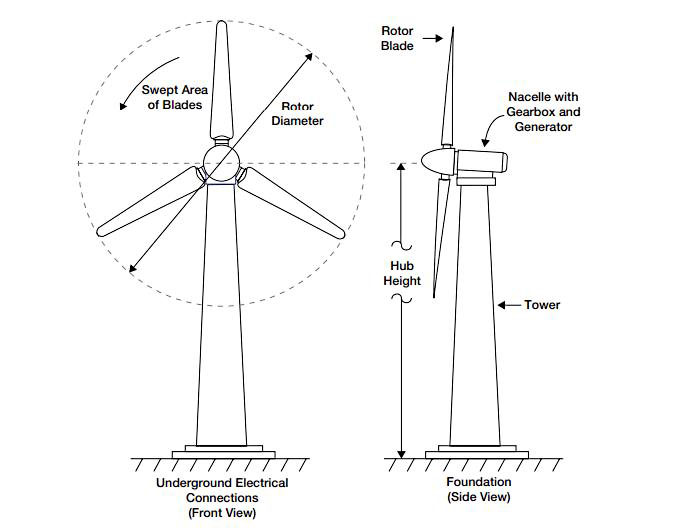 Wind turbines are devices that convert the kinetic energy from the wind into mechanical power, which can then be used to generate ...
Wind turbines are devices that convert the kinetic energy from the wind into mechanical power, which can then be used to generate ...
 Wind turbines are devices that convert the kinetic energy from the wind into mechanical power, which can then be used to generate ...
Wind turbines are devices that convert the kinetic energy from the wind into mechanical power, which can then be used to generate ...Wind Turbine Glossary
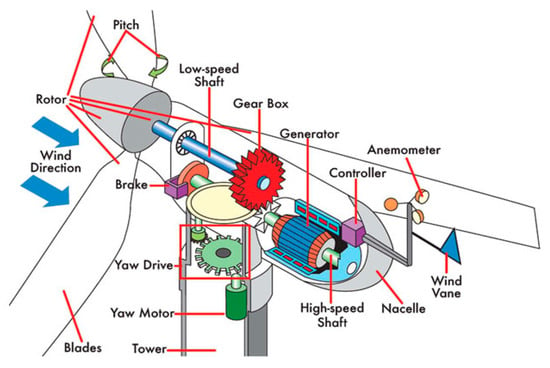 Wind energy is the kinetic energy that is present in moving air. The amount of potential energy depends mainly on wind speed, but ...
Wind energy is the kinetic energy that is present in moving air. The amount of potential energy depends mainly on wind speed, but ...
 Wind energy is the kinetic energy that is present in moving air. The amount of potential energy depends mainly on wind speed, but ...
Wind energy is the kinetic energy that is present in moving air. The amount of potential energy depends mainly on wind speed, but ...